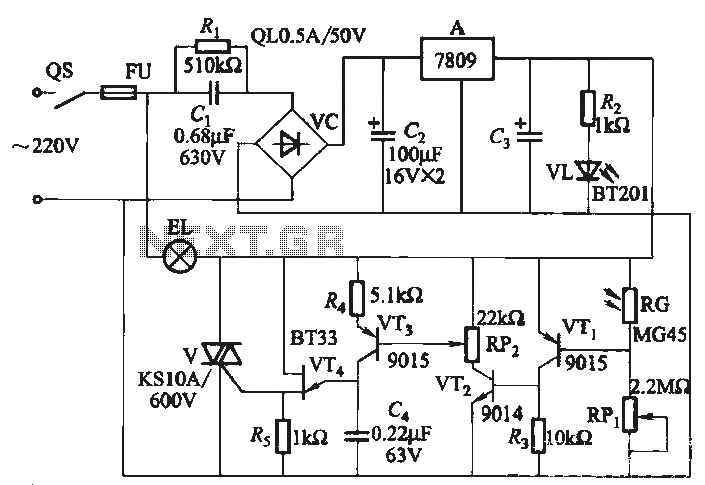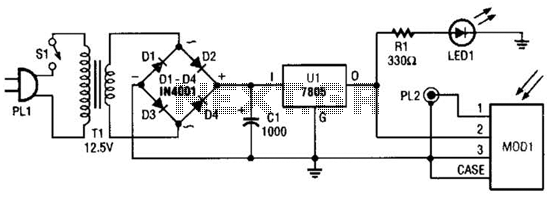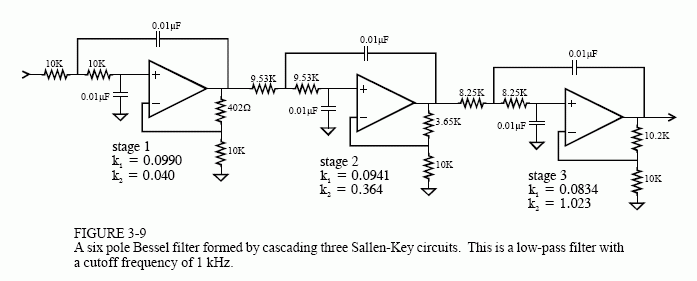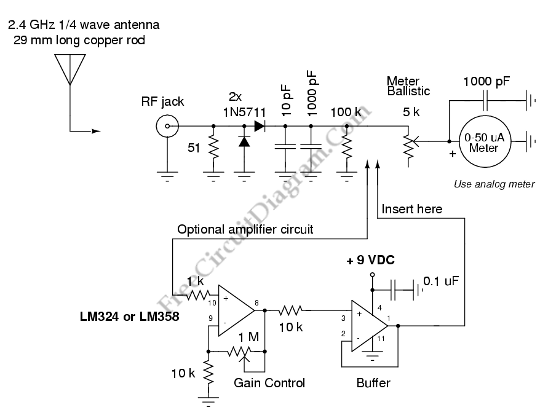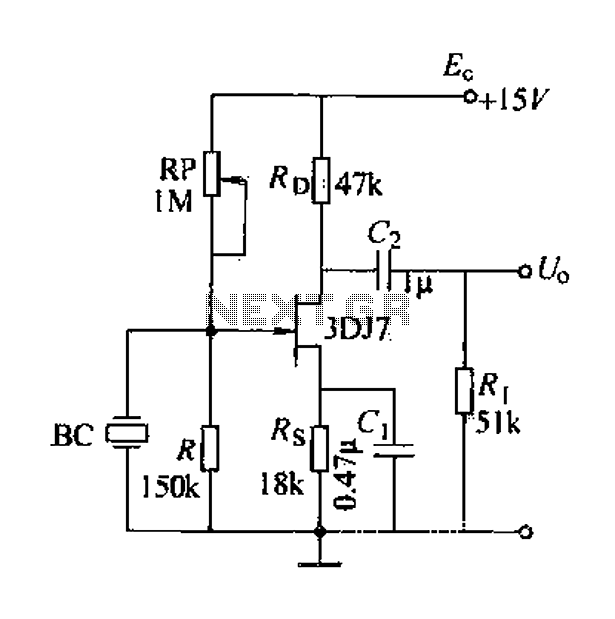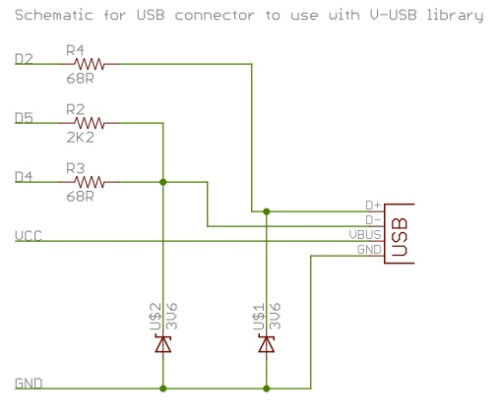
remote field recorders automated frog call data loggers
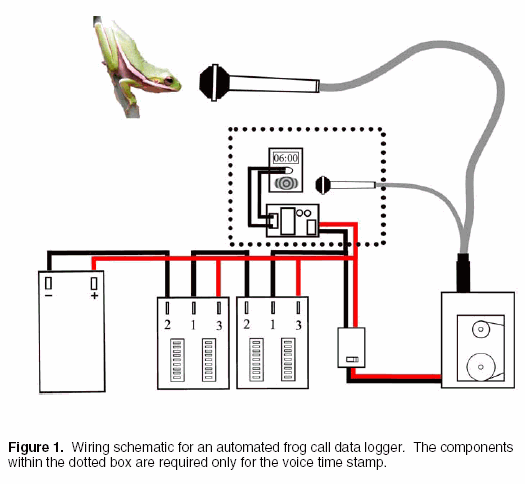
Automated frog call data loggers have been effectively utilized to gather information on: (1) species presence during sampling, enabling the reliable recording of species that may be overlooked due to time constraints; (2) life history and phenology details, such as the timing of frog calls (notably, different species may call at varying times of the day) and the environmental factors that influence calling; and (3) a relative index of the number of calling males. While species identification is relatively straightforward, quantifying abundance can be challenging in even moderately sized choruses due to call-overlapping interference. It is often difficult to distinguish individual callers, which raises the possibility of a single calling male being counted multiple times. Environmental variables also affect the number of calling animals, meaning that variations in abundance categories over time may only reflect differences in environmental conditions during sampling periods. Therefore, call surveys using automated frog call data loggers should be conducted on multiple occasions during the breeding season. Furthermore, these surveys do not provide information about the presence and number of females and non-breeding males or the success of reproduction. Automated frog call data loggers are particularly advantageous in areas with limited road access or when rare species are suspected. These loggers can be programmed to operate for specified durations at defined intervals (e.g., one minute every hour) and over specific periods (e.g., from 18:00 to 06:00). They can function remotely without maintenance for extended periods, enduring various environmental conditions, including extreme heat, cold, rain, and snow. The automated frog call data logger described here consists of a collection of standalone components, contrasting with the original design (Peterson and Dorcas 1992, 1994) that required assembling several components on a printed circuit board or using an expensive commercial data logger to control the tape recorder. Reviewing the literature on previous designs is beneficial not only for construction details but also for study design considerations. Automated frog call data loggers generate an archivable record that can be analyzed or verified later. Unlike traditional aural surveys, no observers are present, which likely minimizes the impact on the behavior of calling anurans. As these loggers can be deployed prior to monitoring, they can simultaneously monitor multiple sites 24 hours a day. The basic automated frog call data logger comprises an analog tape recorder, timers, a power source (battery), a voltage step-down converter, a weatherproof container, and a microphone. The battery powers the timers that control the power supply to the tape recorder. Both the tape recorder and timers are housed in a weatherproof container, while an external microphone captures nearby sounds (e.g., frog calls) and transmits the signals to the tape recorder. Gathering parts can be time-consuming, as vendors may frequently be out of stock and no single source may carry all the necessary components. A variety of analog tape recorders can be used, with prices ranging from tens to hundreds of dollars. Since the recorder is the core of the system, selecting a high-quality recorder within a reasonable budget is advisable. Desirable features include continuous auto-reverse, which changes the tape head direction after one side of the tape has been used, eliminating the need for a researcher to flip the tape before the first side is exhausted.
Automated frog call data loggers represent a significant advancement in ecological monitoring techniques, offering a practical solution for researchers studying amphibian populations. The design of these loggers allows for flexible deployment in various habitats, ensuring that critical data can be captured without human interference. The integration of components such as timers and power management systems ensures that the loggers can operate efficiently over extended periods, providing valuable longitudinal data on frog calling behavior and environmental interactions. The choice of high-quality analog tape recorders enhances the reliability of data collection, while features like continuous auto-reverse reduce operational burdens on researchers. Furthermore, the ability to archive recordings allows for retrospective analysis, enabling researchers to revisit and analyze data as methodologies and technologies evolve. This capability is particularly important in conservation efforts, where understanding population dynamics and breeding success is critical for informing management strategies. Overall, automated frog call data loggers not only improve data collection efficiency but also enhance the quality and depth of ecological research on amphibian populations.Automated frog call data loggers have been used successfully to provide information on: (1) species presence at the time of sampling (that is, species likely to be overlooked during time-constraint sampling can be recorded with greater reliability); (2) life history and phenology information, such as when frogs call (especially if different specie s call at different times of the day), what environmental influences affect calling; and (3) a relative index of the number of males calling. Although species can be easily identified, categorizing abundance may be very difficult in even moderately sized choruses because of call-overlapping interference.
It is also often not possible to separate individual callers, allowing the possibility that a single calling male could be counted multiple times. Because environmental variables influence the number of animals calling, differences among abundance categories over time may be only reflective of differences in environmental conditions during sampling periods.
Thus, call surveys using automated frog call data loggers must be conducted at multiple occasions during the potential breeding season. Further, call surveys tell nothing about the presence and number of females and non-breeding males, or whether reproduction was successful.
Frog call surveys using automated data loggers are best implemented where researchers have limited access by road or when rare species are suspected. Automated frog call data loggers are recorders that can be programmed to operate for a specified duration at specified intervals (for example, one minute every hour) and over a specified period (for example, 18:00 until 06:00).
They can operate remotely without maintenance for extended periods under most environmental conditions, including extreme heat, cold, rain, and snow. The automated frog call data logger described in this section is a conglomeration of stand-alone components, whereas the original design (Peterson and Dorcas 1992, 1994) required building several components on a printed circuit board or using an expensive commercial data logger to control the tape recorder.
The literature regarding previous designs is helpful and should be reviewed not just for construction details but also for study design (see related literature ). Automated frog call data loggers produce an archivable record that can be analyzed or confirmed at a later date.
Unlike standard aural surveys, no observers are present, so the behavior of calling anurans is likely unaffected. Since automated frog call data loggers can be deployed prior to monitoring, they can synchronously monitor any number of sites 24-hrs/day.
The basic automated frog call data logger consists of an analog tape recorder, timer(s), power source (battery) and voltage step-down, container, and microphone (figs. 1 - 2 ). The battery powers the timer(s) that regulate power, also from the battery, to the tape recorder. The tape recorder, timer(s), battery and voltage stepdown are housed in a weatherproof container and an external microphone picks up nearby sounds (for example, frog calls) and relays the signals to the tape recorder in the container ( fig.
1 ). 1. Parts-gathering materials can be time consuming. Vendors are often out of stock and no single source carries all the necessary components to build an automated frog call data logger ( table 1 ). A wide range of analog tape recorders have been utilized and can range in price from tens to hundreds of dollars.
Since the recorder is the heart of the system, consider the highest quality recorder within reason. The following features are highly desirable: (3. ) Continuous auto-reverse changes the tape head direction after one side of the tape has been used. This avoids the need for a researcher to flip tapes over before the first side is spent. This feature varies from standard auto-reverse in that continuous autoreverse functions while the tape recor 🔗 External reference
Automated frog call data loggers represent a significant advancement in ecological monitoring techniques, offering a practical solution for researchers studying amphibian populations. The design of these loggers allows for flexible deployment in various habitats, ensuring that critical data can be captured without human interference. The integration of components such as timers and power management systems ensures that the loggers can operate efficiently over extended periods, providing valuable longitudinal data on frog calling behavior and environmental interactions. The choice of high-quality analog tape recorders enhances the reliability of data collection, while features like continuous auto-reverse reduce operational burdens on researchers. Furthermore, the ability to archive recordings allows for retrospective analysis, enabling researchers to revisit and analyze data as methodologies and technologies evolve. This capability is particularly important in conservation efforts, where understanding population dynamics and breeding success is critical for informing management strategies. Overall, automated frog call data loggers not only improve data collection efficiency but also enhance the quality and depth of ecological research on amphibian populations.Automated frog call data loggers have been used successfully to provide information on: (1) species presence at the time of sampling (that is, species likely to be overlooked during time-constraint sampling can be recorded with greater reliability); (2) life history and phenology information, such as when frogs call (especially if different specie s call at different times of the day), what environmental influences affect calling; and (3) a relative index of the number of males calling. Although species can be easily identified, categorizing abundance may be very difficult in even moderately sized choruses because of call-overlapping interference.
It is also often not possible to separate individual callers, allowing the possibility that a single calling male could be counted multiple times. Because environmental variables influence the number of animals calling, differences among abundance categories over time may be only reflective of differences in environmental conditions during sampling periods.
Thus, call surveys using automated frog call data loggers must be conducted at multiple occasions during the potential breeding season. Further, call surveys tell nothing about the presence and number of females and non-breeding males, or whether reproduction was successful.
Frog call surveys using automated data loggers are best implemented where researchers have limited access by road or when rare species are suspected. Automated frog call data loggers are recorders that can be programmed to operate for a specified duration at specified intervals (for example, one minute every hour) and over a specified period (for example, 18:00 until 06:00).
They can operate remotely without maintenance for extended periods under most environmental conditions, including extreme heat, cold, rain, and snow. The automated frog call data logger described in this section is a conglomeration of stand-alone components, whereas the original design (Peterson and Dorcas 1992, 1994) required building several components on a printed circuit board or using an expensive commercial data logger to control the tape recorder.
The literature regarding previous designs is helpful and should be reviewed not just for construction details but also for study design (see related literature ). Automated frog call data loggers produce an archivable record that can be analyzed or confirmed at a later date.
Unlike standard aural surveys, no observers are present, so the behavior of calling anurans is likely unaffected. Since automated frog call data loggers can be deployed prior to monitoring, they can synchronously monitor any number of sites 24-hrs/day.
The basic automated frog call data logger consists of an analog tape recorder, timer(s), power source (battery) and voltage step-down, container, and microphone (figs. 1 - 2 ). The battery powers the timer(s) that regulate power, also from the battery, to the tape recorder. The tape recorder, timer(s), battery and voltage stepdown are housed in a weatherproof container and an external microphone picks up nearby sounds (for example, frog calls) and relays the signals to the tape recorder in the container ( fig.
1 ). 1. Parts-gathering materials can be time consuming. Vendors are often out of stock and no single source carries all the necessary components to build an automated frog call data logger ( table 1 ). A wide range of analog tape recorders have been utilized and can range in price from tens to hundreds of dollars.
Since the recorder is the heart of the system, consider the highest quality recorder within reason. The following features are highly desirable: (3. ) Continuous auto-reverse changes the tape head direction after one side of the tape has been used. This avoids the need for a researcher to flip tapes over before the first side is spent. This feature varies from standard auto-reverse in that continuous autoreverse functions while the tape recor 🔗 External reference
